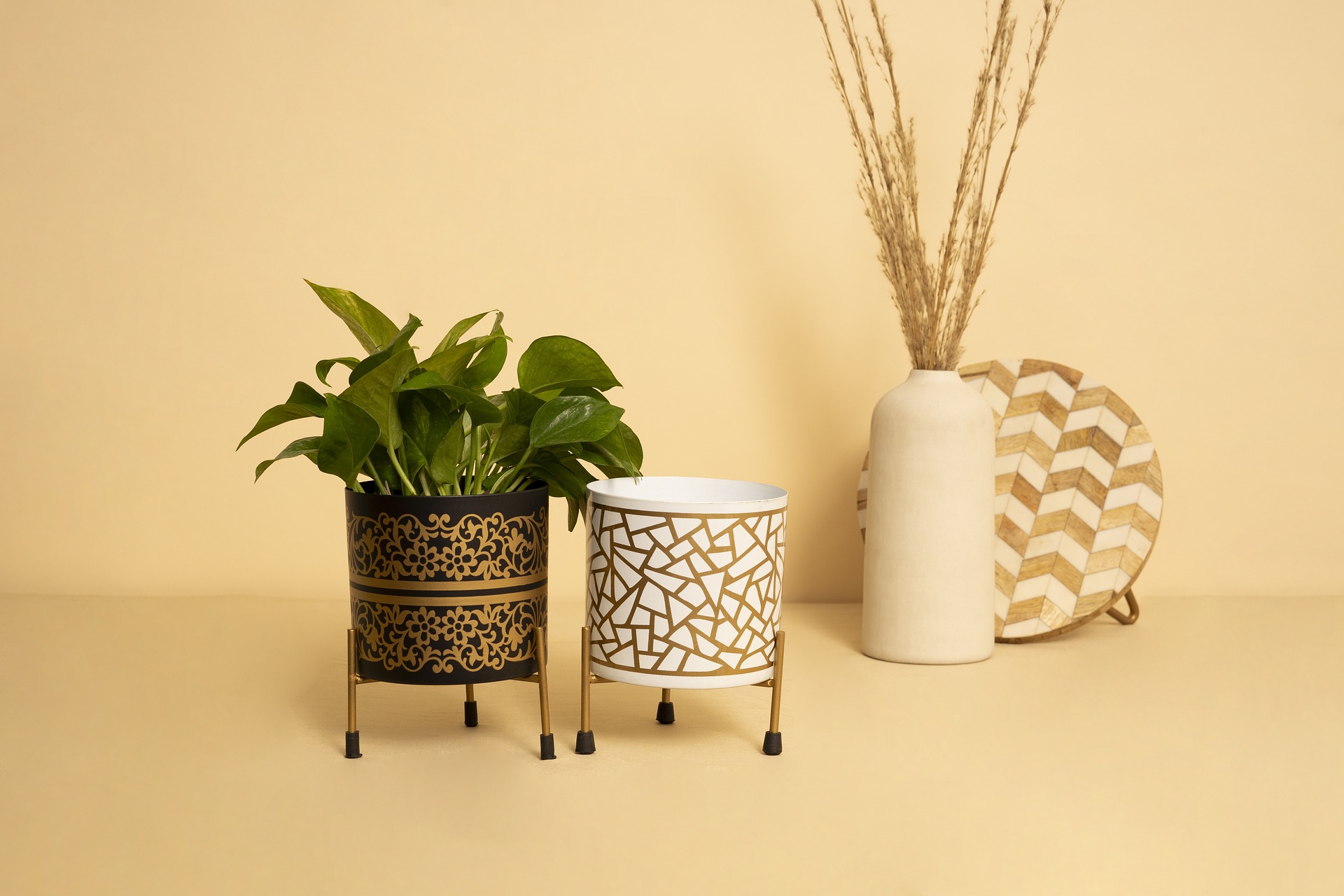Embracing Wabi-Sabi: The Art of Imperfect Beauty in Home Design
In a world obsessed with perfection, a revolutionary design philosophy from Japan is taking root in American homes. Wabi-sabi, an ancient aesthetic principle that celebrates imperfection, transience, and incompleteness, is reshaping how we approach interior design. This article delves into the intriguing world of wabi-sabi, exploring its origins, principles, and how it's transforming living spaces across the United States.

The Roots of Wabi-Sabi
Wabi-sabi’s origins can be traced back to 16th century Japan, where it emerged as a reaction to the prevailing aesthetic of ornate, perfect, and costly displays. The term combines two concepts: ‘wabi,’ which refers to simplicity and humility, and ‘sabi,’ which embraces the beauty of age and wear.
Initially associated with the Japanese tea ceremony, wabi-sabi gradually influenced various aspects of Japanese culture, including architecture, interior design, and even philosophy. It encourages a mindful approach to living, urging individuals to find beauty in the modest, imperfect, and impermanent.
Core Principles of Wabi-Sabi Design
At its heart, wabi-sabi design embraces three fundamental principles:
-
Simplicity: Stripping away the unnecessary to reveal the essence of objects and spaces.
-
Imperfection: Celebrating flaws, asymmetry, and natural wear as marks of character and authenticity.
-
Impermanence: Acknowledging the transient nature of all things and finding beauty in the cycles of growth, decay, and renewal.
These principles manifest in various ways within home design, from the choice of materials to the overall layout and atmosphere of a space.
Wabi-Sabi Materials and Textures
In wabi-sabi interiors, natural, unrefined materials take center stage. Raw wood, stone, clay, and natural fibers are preferred for their inherent imperfections and ability to age gracefully. Handcrafted items, with their slight irregularities, are highly valued.
Textures play a crucial role in creating a wabi-sabi atmosphere. Rough-hewn woods, unglazed ceramics, and nubby linens add tactile interest and depth to a space. These textures not only please the eye but also invite touch, creating a multi-sensory experience that grounds occupants in the present moment.
Color Palette and Lighting in Wabi-Sabi Homes
The wabi-sabi color palette draws inspiration from nature, favoring muted earth tones and subtle hues. Soft whites, warm grays, and gentle browns create a calming backdrop, while occasional pops of subdued color – perhaps a rust-colored throw pillow or a pale green ceramic vase – add depth and interest.
Lighting in wabi-sabi interiors is often soft and diffused, mimicking the gentle illumination of paper lanterns or candles. Natural light is highly prized, with large windows or skylights allowing sunlight to play across textured surfaces, highlighting their imperfections and creating ever-changing shadows throughout the day.
Furniture and Decor: Embracing Age and Authenticity
In a wabi-sabi home, furniture and decor items are chosen for their character rather than their perfection. Antique pieces with visible signs of wear, handcrafted items with slight irregularities, and objects that show the marks of time and use are all celebrated.
The arrangement of these pieces tends to be asymmetrical and organic, avoiding rigid lines and perfect symmetry. Negative space is also important, allowing each item room to breathe and be appreciated individually.
Wabi-Sabi in American Homes: A Growing Trend
As the fast-paced, technology-driven lifestyle of modern America leaves many feeling disconnected and overwhelmed, the principles of wabi-sabi offer a refreshing alternative. Homeowners across the country are increasingly drawn to this aesthetic, seeking to create spaces that feel authentic, grounding, and deeply connected to nature.
In California, architects are incorporating wabi-sabi principles into modern home designs, using reclaimed wood, natural stone, and handcrafted tiles to create spaces that feel both contemporary and timeless. In New York City lofts, exposed brick walls and weathered floorboards are being embraced rather than covered up, celebrating the building’s history and character.
The Psychological Benefits of Wabi-Sabi Interiors
Beyond its aesthetic appeal, wabi-sabi design offers significant psychological benefits. By embracing imperfection and impermanence, it encourages a mindset of acceptance and mindfulness. In a wabi-sabi home, residents are reminded to appreciate the present moment and find beauty in the everyday.
This approach can be particularly beneficial in reducing stress and anxiety. Unlike perfectly curated interiors that can feel sterile or intimidating, wabi-sabi spaces invite relaxation and authenticity. They remind us that, like our homes, we too are imperfect and constantly evolving.
Incorporating Wabi-Sabi into Your Home
For those interested in bringing wabi-sabi principles into their own homes, the process can be gradual and deeply personal. It might begin with simply appreciating the patina on an old wooden table or the slight wobble of a handmade ceramic bowl.
As the eye becomes attuned to these subtle beauties, one might start to declutter, keeping only items that spark joy or serve a purpose. Natural materials can be introduced through textiles, furniture, or decor items. The key is to create a space that feels authentic and nurturing, rather than following strict rules or trends.
The Future of Wabi-Sabi in American Design
As sustainability and mindfulness continue to gain importance in American culture, the principles of wabi-sabi are likely to become even more relevant. This aesthetic offers a way to create beautiful, meaningful spaces while reducing consumption and waste.
Moreover, in an age of mass production and digital perfection, the handmade and imperfect items celebrated in wabi-sabi design offer a much-needed connection to human craftsmanship and the natural world.
Conclusion: Finding Beauty in the Imperfect
Wabi-sabi offers more than just a design aesthetic; it presents a philosophy for living. By embracing imperfection, simplicity, and the passage of time in our homes, we open ourselves to a deeper appreciation of life’s fleeting beauty.
As this ancient Japanese concept takes root in American soil, it promises to transform not just our living spaces, but our relationship with the material world and our understanding of what truly constitutes beauty. In a culture often driven by the pursuit of perfection, wabi-sabi reminds us that true beauty lies in the authentic, the imperfect, and the ever-changing nature of life itself.





